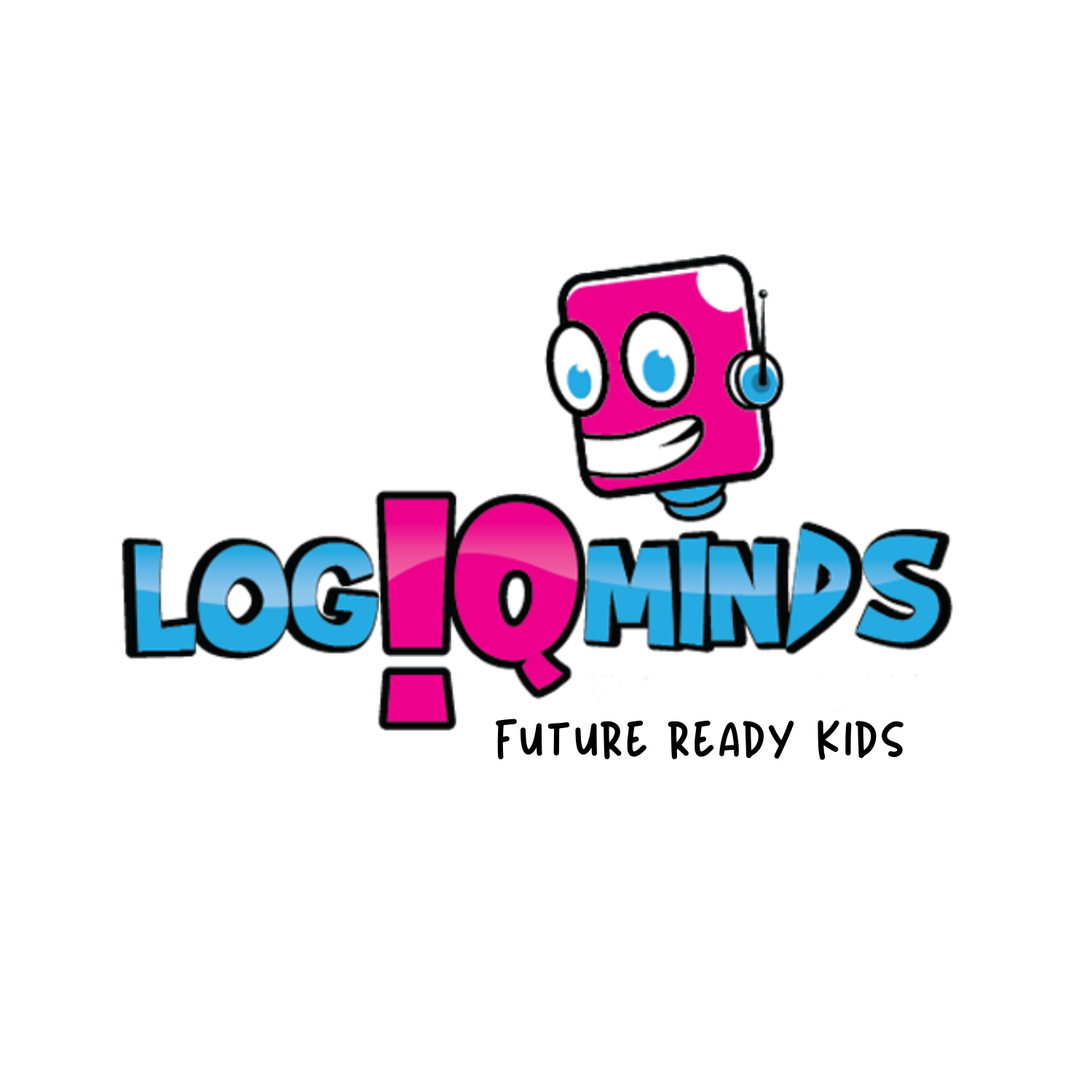Revolutionizing Learning: The Soaring Popularity of the Flipped Classroom Method!
In the ever-evolving landscape of education, innovative approaches are redefining how students learn and teachers instruct. The flipped classroom method, a dynamic reversal of traditional teaching, has been gaining rapid popularity for its transformative impact on engagement, personalized learning, and the cultivation of essential skills. Let's delve into the factors that have propelled the flipped classroom method into the limelight.
1. Customized Learning Experience:
The flipped classroom method tailors education to individual learning styles and paces. Students access pre-recorded lectures or content outside class, allowing them to learn at their own speed. In-class time is then dedicated to discussions, problem-solving, and clarifications, ensuring every student's unique needs are addressed.
2. Active Learning Engagement:
Traditional lectures often lead to passive learning, where students absorb information without actively participating. Flipped classrooms flip this script. In-class activities stimulate critical thinking, collaboration, and hands-on experiences, turning students from passive listeners into active contributors.
3. Enhanced Teacher-Student Interaction:
With lectures moved outside the classroom, teachers can devote more in-person time to direct interactions with students. They provide personalized guidance, answer questions, and offer real-time feedback, fostering a deeper understanding and stronger teacher-student rapport.
4. Flexible Scheduling and Autonomy:
Flipped classrooms eliminate the rigid timetable of traditional education. Students can access content at their convenience, allowing them to balance studies with other commitments. This autonomy fosters time management skills and empowers students to take charge of their learning.
5. Deeper Concept Mastery:
Pre-exposure to content before class primes students for in-depth exploration. This foundation enables them to engage in more complex discussions and delve into higher-order thinking skills. They move beyond surface-level comprehension, aiming for true mastery.
6. Technology Integration:
The flipped classroom method harnesses technology as a powerful tool for education. From online lectures to interactive platforms, students leverage digital resources for learning, preparing them for the tech-driven world while enhancing their digital literacy.
7. Preparation for Real-World Skills:
Flipped classrooms emphasize collaborative problem-solving, critical thinking, communication, and independent learning—skills highly sought after in the professional world. Students graduate not only with subject knowledge but also with skills that serve them beyond academia.
The flipped classroom method is reshaping education by fostering active participation, personalized learning, and skill development. As the benefits become more evident, educators, students, and parents are embracing this approach with enthusiasm. By putting learning at the center, the flipped classroom method has ignited a revolution in education that prepares students for a future where adaptability, collaboration, and critical thinking reign supreme.


